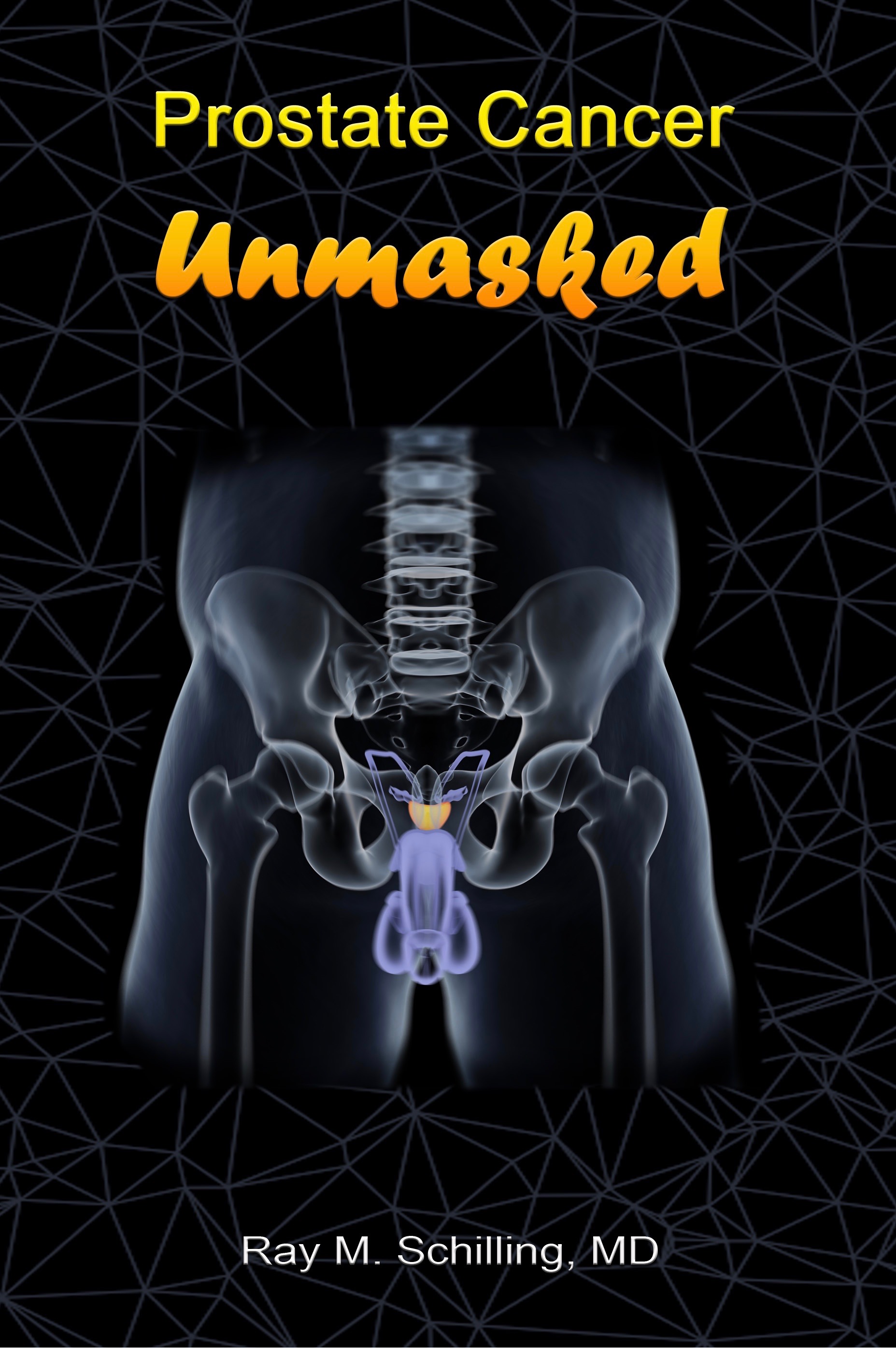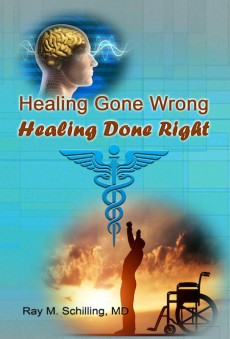Secondary Hypogonadism occurs when the function of the pituitary gland that was previously normal disappears.
Panhypopituitarism
Any process that prevents ACTH production will lead to adrenal hypo-function thus causing secondary adrenal insufficiency.
This is similar then to Addison’s disease, except that with Addison’s disease the ACTH levels are high leading to skin hyperpigmentation. This is not the case with panhypopituitarism, as here ACTH is low.
Some of the causes for panhypopituitarism are : a pituitary gland tumor; a craniopharyngioma leading to a hypothalamus disorder (usually in childhood); Sheehan’s syndrome in a woman who just delivered a baby with a difficult delivery and postpartum complications leading to pituitary disorders and a lack of lactation; prolonged treatment with corticosteroids for various medical ailments (suppresses ACTH production).
Kallman Syndrome
This is an X-linked inherited condition where the person has no sense of smell due to a congenital absence of the olfactory lobes. Associated with this is a deficiency of hypothalamic GnRH (=gonadotropin releasing hormone), a microphallus instead of a normal genital organ (due to a lack of fetal GnRH) and cryptorchidism as well as a unilateral congenitally missing kidney. As this condition is X-linked, only the affected male is symptomatic as described above. Females can be carriers, but are symptom free.
References:
1. B. Sears: “The age-free zone”. Regan Books, Harper Collins, 2000.
2. R.A. Vogel: Clin Cardiol 20(1997): 426-432.
3. The Merck Manual, 7th edition, by M. H. Beers et al., Whitehouse Station, N.J., 1999. Chapter 8: Thyroid disorders.
4. The Merck Manual, 7th edition, by M. H. Beers et al., Whitehouse Station, N.J., 1999. Chapter 7:Pituitary disorders.
5. J Levron et al.: Fertil Steril 2000 Nov;74(5):925-929.
6. AJ Patwardhan et. al.: Neurology 2000 Jun 27;54(12):2218-2223.
7. ME Flett et al.: Br J Surg 1999 Oct;86(10):1280-1283.
8. The Merck Manual, 7th edition, by M. H. Beers et al., Whitehouse Station, N.J., 1999. Chapter 261: Congenital anomalies.
9. AC Hackney : Curr Pharm Des 2001 Mar;7(4):261-273.
10. JA Tash et al. : Urology 2000 Oct 1;56(4):669.
11. D Prandstraller et al.: Pediatr Cardiol 1999 Mar-Apr;20(2):108-112.
12. B. Sears: “Zone perfect meals in minutes”. Regan Books, Harper Collins, 1997.
13. J Bain: Can Fam Physician 2001 Jan;47:91-97.
14. Ferri: Ferri’s Clinical Advisor: Instant Diagnosis and Treatment, 2004 ed., Copyright © 2004 Mosby, Inc.
15. Rakel: Conn’s Current Therapy 2004, 56th ed., Copyright © 2004 Elsevier






